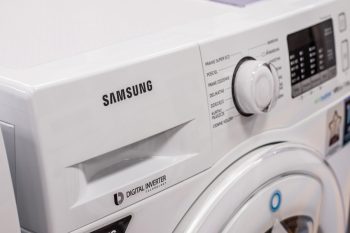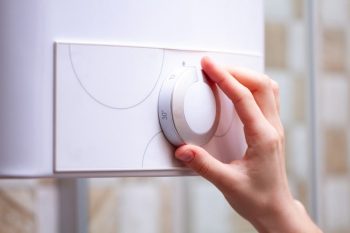
Cleaning a refrigerator is a task that often gets overlooked. However, it’s important to keep this essential appliance clean to maintain its efficiency and prevent food spoilage. Even more challenging is cleaning your fridge without turning it off, which can seem daunting but is entirely possible. This comprehensive guide will walk you through the process, providing multiple solutions and options to ensure a thorough and effective cleaning.
Cleaning a fridge without turning it off is possible by gathering necessary supplies, removing food and cleaning compartments with a vinegar-water solution, dealing with stubborn stains using a baking soda paste, and maintaining the fridge’s temperature by working quickly. Use natural cleaning solutions for a safer process and ensure regular cleaning for optimal fridge performance.
Essential Tools and Supplies
Before you begin, gather all the necessary tools and supplies. You’ll need a microfiber cloth or sponge, a toothbrush or small scrub brush, hot water, white vinegar, and dish soap. Additionally, a cooler or cool bag with ice packs will come in handy to temporarily store perishable items. A vacuum cleaner can also be useful for cleaning crumbs and dust.
Pre-Cleaning Steps
Before starting the cleaning process, conduct a visual inspection of the area you’re going to clean. Remove any loose debris and pre-clean the surfaces by wiping, sweeping, or rinsing. The aim is to remove as much loose debris as possible to prepare the area for the main cleaning process.
Cleaning the Fridge Compartments
Cleaning the various compartments in your fridge can be a meticulous task. However, with the right strategies, it can be quite straightforward. Remove all items and wash removable shelves and drawers with warm soapy water. Spray the inside of the fridge with a solution of vinegar and water, concentrating on soiled areas. Wipe down the interior surfaces with a damp cloth and dry them with a clean towel.
Dealing with Stubborn Stains and Odors
For stubborn stains, apply a paste of baking soda and water, let it sit for a few minutes, and scrub away. To eliminate odors, place an open box of baking soda or a small bowl filled with coffee grounds or vinegar in the fridge. Regularly replace the air filter and maintain proper organization to prevent future odors.
Using Natural Cleaning Solutions
Consider using natural cleaning solutions like white vinegar, lemon juice, or baking soda mixed with warm water. These solutions are effective, safe, and leave your fridge smelling fresh without the harsh chemical residue.
Cleaning the Fridge Exterior
The exterior of your fridge also needs attention. Use a mild cleaning solution and a soft cloth to wipe down the surfaces. For stainless steel exteriors, use a solution of vinegar and water to clean without leaving streaks.
Maintaining Ideal Temperature
While cleaning, it’s crucial to maintain the fridge’s ideal temperature. Work quickly to minimize the time the fridge door is open, and don’t forget to unplug the refrigerator before cleaning. Once the cleaning process is complete, plug it back in and let it reach the ideal temperature before placing the items back inside.
Safety Measures
Remember to use non-toxic cleaning products and store food safely during the cleaning process. Be gentle with glass shelves, and dry all surfaces thoroughly to prevent excess moisture from accumulating in the fridge.
Regular Cleaning for Optimal Performance
Regular cleaning is key to maintaining your refrigerator’s performance and longevity. Rinse containers and bottles immediately after use, perform a weekly deep-clean, and a thorough cleaning every 3-4 months.
In conclusion, cleaning your fridge without turning it off is a simple process that requires some preparation, the right tools, and a bit of time. With regular cleaning, your fridge will serve you efficiently for many years to come.
Frequently Asked Questions
How often should I replace the baking soda used for absorbing odors?
The baking soda used in your fridge for absorbing odors should be replaced every 30 days to ensure its effectiveness.
Why is it important to dry all surfaces thoroughly after cleaning?
Drying all surfaces thoroughly after cleaning prevents the buildup of excess moisture in your fridge, which can lead to mold growth and unpleasant odors.
Can I use any type of vinegar for cleaning my fridge?
While any type of vinegar will work for cleaning, white vinegar is generally recommended due to its clear color and mild scent.
Why do I need to unplug the fridge before cleaning, even if I’m not turning it off?
Unplugging the fridge before cleaning is a safety measure. It prevents the compressor from running while the door is open, which can cause it to overheat.
What is the ideal temperature for a fridge?
The ideal temperature for a fridge is between 35°F and 38°F (1.6°C and 3.3°C). This temperature range slows the growth of bacteria, keeping your food safe to eat.
Can I use bleach to clean my fridge?
It’s not recommended to use bleach to clean your fridge. Bleach can leave a strong smell that can transfer to your food. Instead, use mild, non-toxic cleaning solutions like white vinegar or baking soda.












